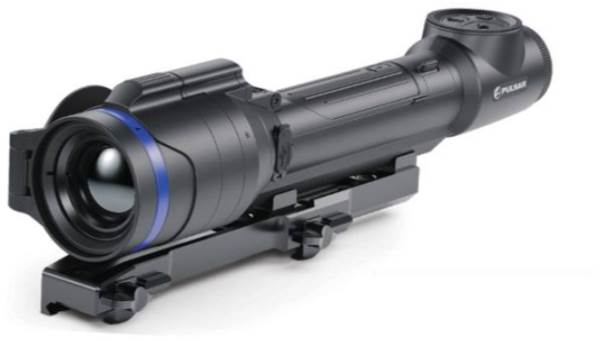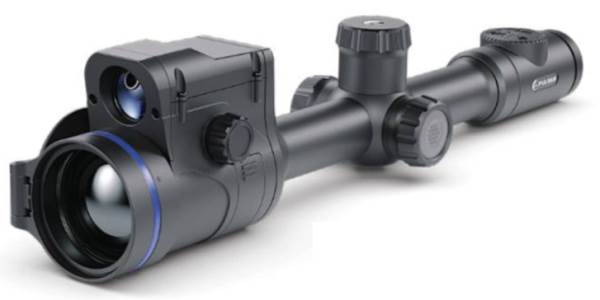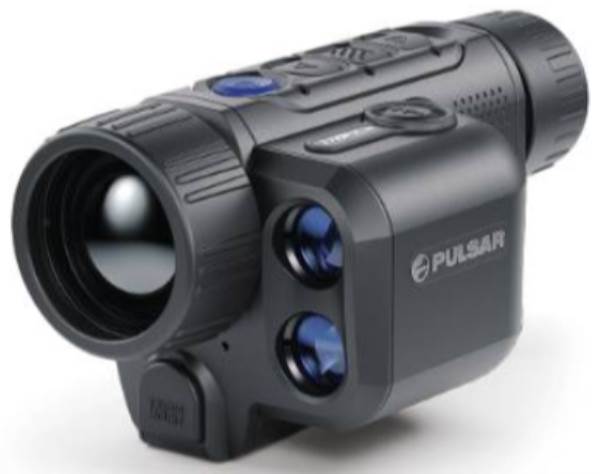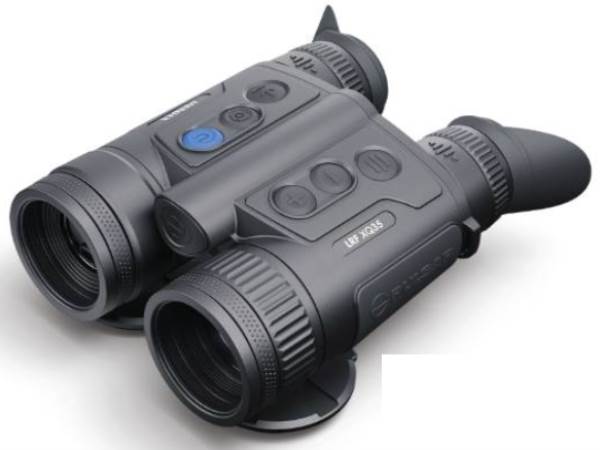
Pulsar thermal imagers have advanced in leaps and bounds over the last decade, with new and upgraded products released annually. Their current range of midrange 384×288 thermals has now gone Pro.
History
Before I discuss the merits of Pulsar’s Pro range, let’s delve back in time to 2012, when Pulsar launched their first thermal imager, the Pulsar Quantum HD50, many of which are still in use today. This is remarkable for a hi-tech product and bears testament to Pulsar’s quality and durability.

The Pulsar Quantum was fitted with a-Si 384×288 sensor made by ULIS, who became Lynred after they merged with parent company Sofrad IR. Lynred are world leaders in manufacturing high performance sensors for aeronautics, space, defense, maritime, search and rescue and many other critical tasks. Pulsar exclusively use Lynred sensors, ensuring that their thermals are the best available, yet still affordable to recreational users who demand European quality.
Technical
Pulsar now use Lynred’s latest version of the 384×288 sensor in their midrange XQ Pro thermal imagers. The new Pro sensors have a NETD of <25mK which is the highest sensitivity available in an uncooled thermal (with the exception of Pulsar’s new Telos, but I’ll leave that story for another day). High sensitivity produces an image with the finest nuances of detail and outstanding fog, rain and foliage penetration.

Pulsar achieve this high sensitivity by fitting a Lynred 17µm PICO sensor and reducing internal heat buildup via heat-sinking to the magnesium allow body for rapid dissipation. Internal heat causes Dark Current Noise that can significantly deteriorate image quality and reduces the working life of the internal electronics. Heat build-up can be a problem with thermals that have plastic bodies or insufficient heat-sinking.
In practice
Pulsar’s new 384×288 XQ Pro range of thermal imagers are identical in every way as their larger sensor XP 640×480 models, except for the physical size of the sensor. The high performance optics have a fast f1.0 aperture and are available with a focal lengths of 35mm for a wide field-of-view, or 50mm for higher magnification and longer detection range.

The ability to penetrate fog, rain and foliage is outstanding due to the high sensitivity of the Lynred 17µm sensor. A 12µm micron sensor simply cannot match this sensitivity due to having a smaller surface area, so this must be considered when deciding which model suits your requirements. Choose 17µm for poor conditions and foliage penetration or 12µm for a higher image resolution image.
When compared to a Pulsar’s XP50 Pro (640×480 sensor), a XQ50 Pro has the same distance performance, but with a narrower field-of-view. The Pulsar XQ35 Pro has a similar field-of-view to the Pulsar XP50 Pro, but with less distance performance.
For most users, the Pulsar XQ Pro is all they will ever need and is very competitively priced for a European built product that is built to perform and last.
See future issues of the Fishing Paper and Hunting News for hands-on reviews of these and other products.













